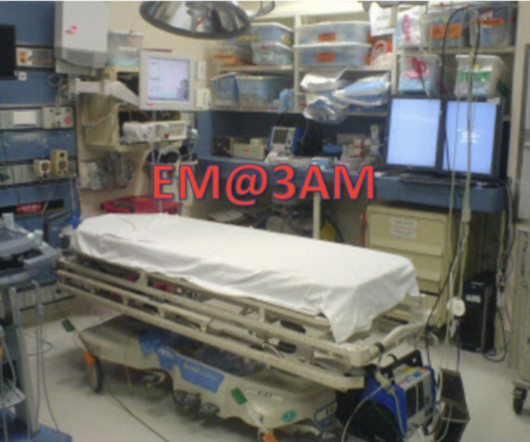A Beginner’s Guide to Vasoactive Drug use in Children with Septic Shock
Don't Forget the Bubbles
NOVEMBER 27, 2023
Four-year-old Ed is being resuscitated for presumed Invasive Group A Streptococcal Sepsis from tonsilitis. So, fluid has been tried but has not got close to fixing the problem. The Surviving Sepsis Campaign International Guidelines recommend either adrenaline or noradrenaline as the first-line inotrope.













Let's personalize your content